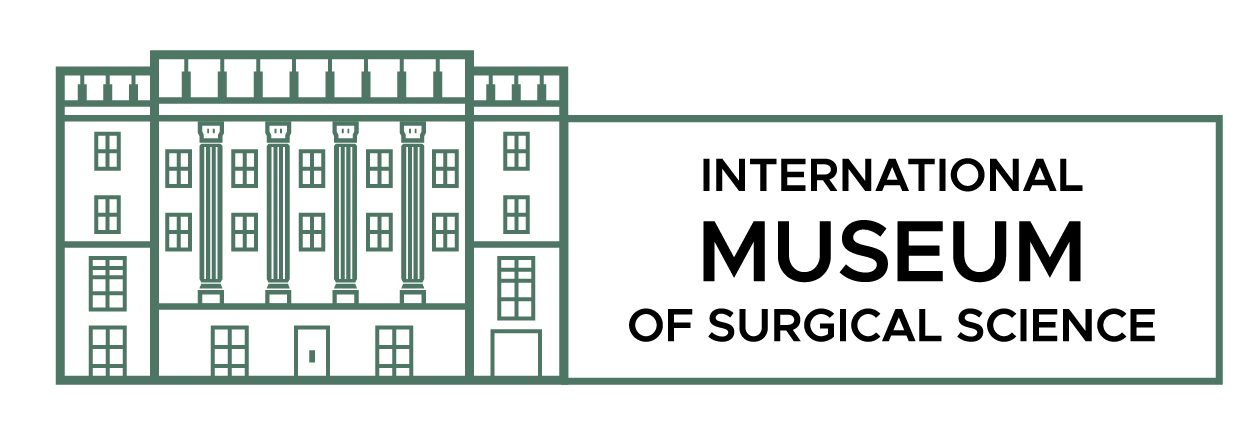Published By Monica Stokes.
As the International Museum of Surgical Science’s Library Intern, I am honored and humbled to engage with such an incredibly vast and unique collection of medical texts. The collection houses a book dating back to 1535, a text on breakfast by Dr. Kellogg himself, and even a book on the anatomy of a cat. Although predominantly surgical, the collection also houses books that point to the interconnectivity of various topics and a surgical practice—books including Zweig’s “Mental Healers: Franz Anton Mesmer, Mary Baker Eddy, Sigmund Freud,” Haggard’s “Mystery, Magic and Medicine,” and books about U.S. Naval Bases around the world.

Some of my favorite parts of this collection include the many books containing scribbles, notes and anecdotes on the lives of a medical practitioner. These include underlined text, notes and illustrations; on one occasion I have even found a eulogy written from a surgeon for a surgeon.
During this process of cataloguing and preserving, I am struck by the intimate relationship between the books and my hands. When trying to better understand the relationship between skin and paper, I think of those many scrawls in the assorted books. I also think of some of my favorite jottings in the book “The Principles of Anatomy as Seen in the Hand” by Frederick Wood Jones, D.Sc., M.B., B.S. Lond. This book, dating back to 1920, details the hand in many intimate ways. The chapters include “The Papillary Ridges,” “The Hairs,” “The Position of Rest,” and end with “The Hand as a Sense Organ” and “The Sympathetic Nerves.”

The most remarkable aspect of this book is the fact that nearly half of the pages include some form of infant scribbling. Some scribbles are large and heavy, others tight and soft, but all include an unrestrained confrontation with motor development. I find it so fitting that the author and the scribbler both sought one in the same thing, through the same object—to better understand the hand. The book was donated by Roy H. Crissey, a physician from Lansing, MI. Of his four sons, Ronald E. Crissey (1917-2005) would have been three when “The Principles of Anatomy as Seen in the Hand” was published. I wonder if this connection between the text, the author, the owner, myself and presumably young Ronald are all variations of ways in which hands, movement, touch, and learning interact with one another.

In the chapter “The Hand as a Sense Organ” Jones writes, “The skin of every animal is a sensory covering which enables the animal to learn about its surroundings. It is the outside of the animal, and forms the medium by which the outside world is appreciated. One can conceive of a lowly animal having no other sense wherewith to learn about its environment save that of touch present in the skin of its simple body” (Jones, 259). Although I do not care to associate with Jones’ hierarchical language, I deeply understand this basis of knowledge originating through touch. Together, through chance of skin and hand, Roy, Ronald, and I both know “The Principles of Anatomy as Seen by the Hand” in innate and often indiscernible ways.

I remind myself of this while handling each book. While incorporating my sense of touch into the condition reporting of each book, I imagine the many other diagnostics that have begun through skin to skin contact.
While left mainly uninterrupted by human hands, the collection is often visited by paper-eating insects who leave holes and fuzzy edges. While I smooth these variations, I prepare the texts for their final step of conservation. My last interaction is the wrapping of thin, vaguely transparent, white paper over each book. I tuck and fold, leaving tight corners to seal in the remembrance of care from my hands.

Monica Stokes is a Chicago-based artist and researcher interested in archives, medicine and sympathetic systems. She is currently Collections Intern – Thorek Manuscripts and Rare Books Collection at the International Museum of Surgical Science.

